Sitting should be safe, right?
Whether you’re at home, or sitting on the edge of a hospital bed.
The lack of safety (and comfort) while sitting on a hospital bed during therapy sessions became a prime point of focus for the Spectrum Health Innovations team and students at Grand Valley State University. Part of the problem, as they learned from Spectrum Health rehabilitation staff, is that often during therapy, a second staff member would serve as a makeshift backrest.
For many of these patients, they can’t use existing bed features to sit up, yet it’s difficult and unsafe for them to attempt to transfer from a hospital bed to a chair.
So the students and Spectrum Health staff members together designed SafetySit, a new device that is safer for the patient and more efficient for the therapists.
Matt Epkey, rehabilitation supervisor at Spectrum Health Blodgett Hospital inpatient rehabilitation, said the real-life solution solves a big problem.
“Sometimes when we’re working with a patient, we have to work with them while they’re seated,” Epkey said. “There’s not always someone there to help support them while the therapist is in front of the patient trying to do exercise or treatment. It was very inefficient to have two people working with one patient.”
Each patient session could take 30 minutes or longer.
“It wasn’t the most beneficial use of time,” he said.
Staff members could also become fatigued or even injured trying to support a patient for long periods of time.
Epkey teamed up with Innovations and students to design a device that would safely help patients sit on a hospital bed during therapy sessions.
Epkey met with the students monthly. They developed several prototypes.
Although the product is not in use yet, Epkey said he’s excited about its debut.
“It’s absolutely exciting,” he said. “Whatever they design is going to be comfortable and supportive and safe.”
Epkey said he was also impressed with the students.
“The students were quite amazing in their ability to grasp rehab and develop a prototype,” Epkey said. “We left the door open to say, ‘As soon as you have the prototype you think is the one you want to take forward, please contact us. We’ll be the first to have our therapists try it.’”
Mark Harburg, who graduated from Grand Valley last August, formed a company with Michigan State University accounting graduate Franz Narowski. The company is called SafetySit, LLC. Its sole product? The SafetySit device.
“Right now we have a finalized design,” Harburg said, adding that they are waiting for a patent. “We are beginning to reach out to medical manufacturers to sub-license the technology to get the product made and sold.”
Scott Daigger, Spectrum Health manager of innovation and entrepreneurship, said the Innovations team worked with the students to determine what the prototypes would entail.
The need was for a lightweight, portable device that could serve as a safe backrest. SafetySit can be attached to any hospital bed in about a minute. It weighs less than 20 pounds and can support patients up to 600 pounds.
“It’s now their startup so they’re running with it,” Daigger said. “It’s cool to see this idea, that came from Spectrum colleagues, running on its own. It’s got a life of its own now.”


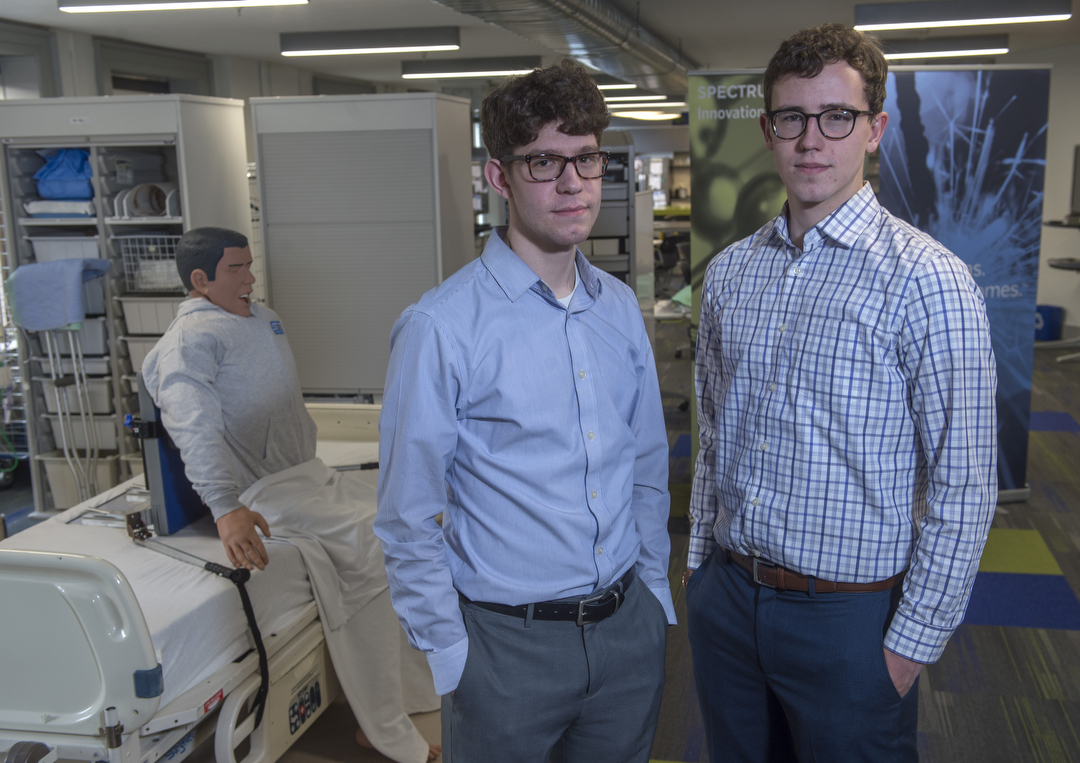


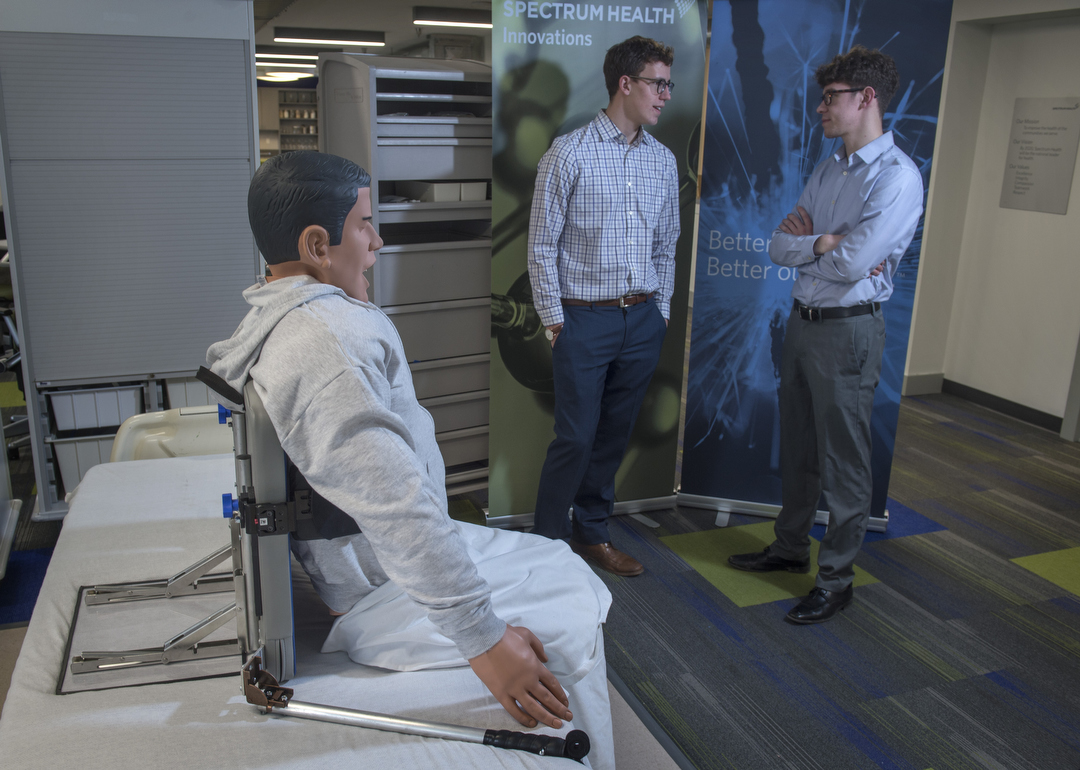
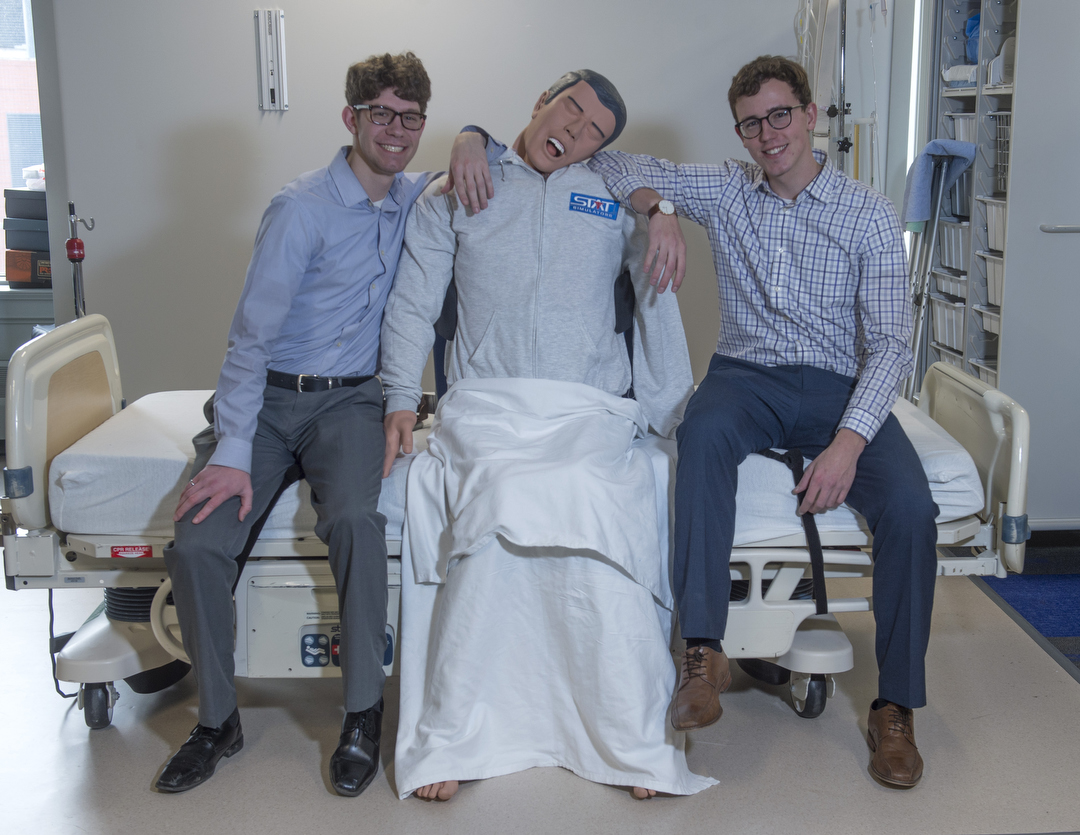

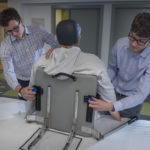
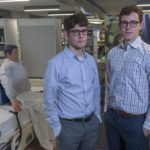
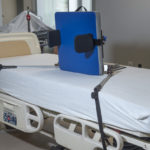
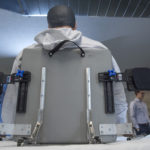

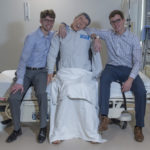
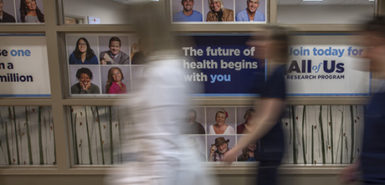 /a>
/a>
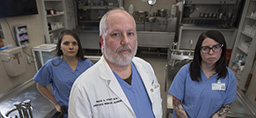 /a>
/a>
 /a>
/a>